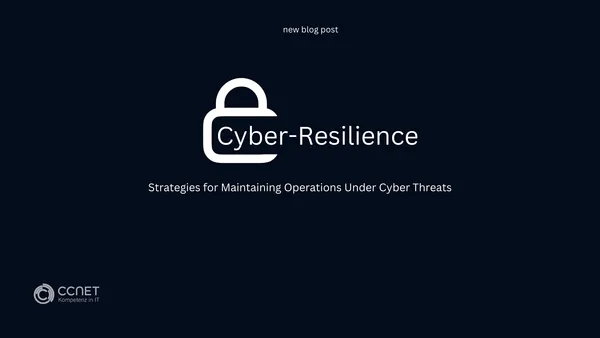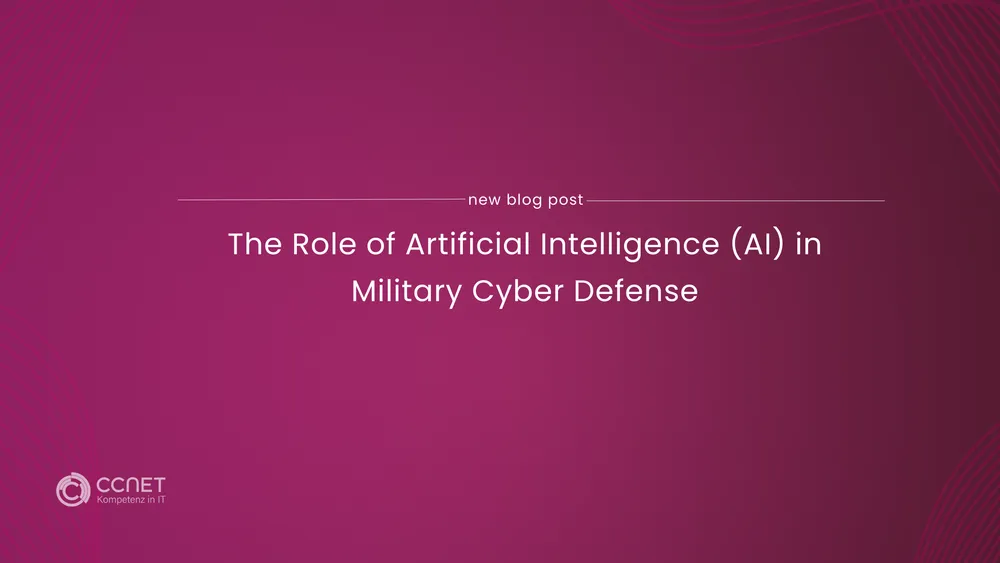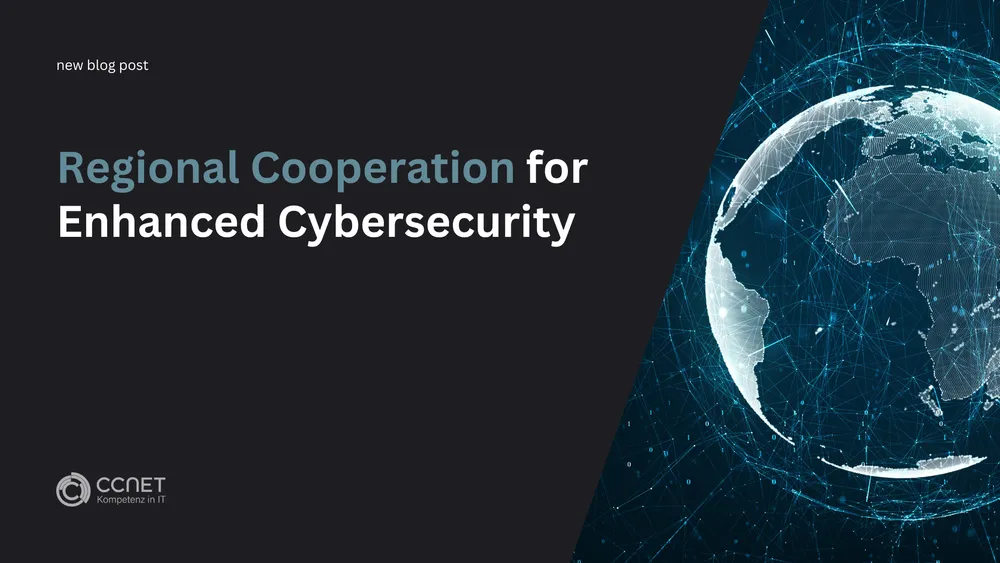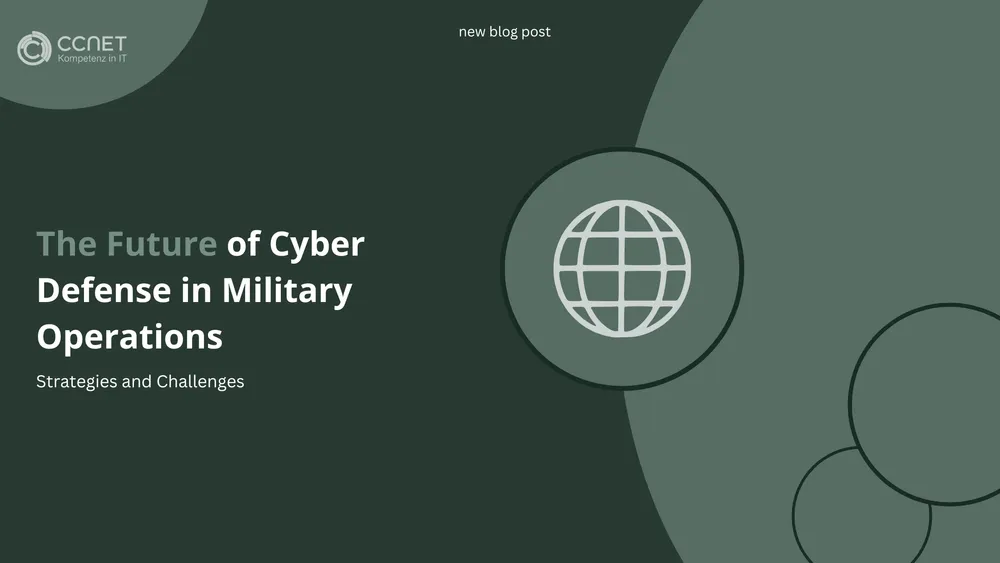
CCNet
Feb 28, 2025 • 2 min read

Cyber Resilience: Strategies for Maintaining Operations under Cyber Threats
Resilience goes beyond traditional security measures and encompasses the ability to minimize the impact of a cyberattack, maintain ongoing operations, and quickly return to normalcy after an attack. In military practice, this means that critical systems and networks must remain operational even when targeted by an attack. Various factors play a role in achieving this, including threat prediction, rapid detection of attacks, and the ability to recover quickly from them.
A key aspect of resilience is the concept of "National Resilience," which serves as a cornerstone of many countries' national cybersecurity strategies. This includes measures for prevention, protection, and maintenance of IT networks and systems, as well as the restoration of essential functions following an attack.
Strategies for Strengthening Resilience
To ensure robust resilience, several key strategies are required:
-
Proactive Threat Analysis and Risk Management: One of the most important actions for enhancing resilience is the proactive identification of potential threats and vulnerabilities. This requires ongoing risk assessments and threat analyses, enabling early detection of potential risks and the implementation of appropriate countermeasures.
-
Implementation of Redundancy and Backup Systems: To ensure operational continuity during an attack, critical systems should be protected by redundancy and backup infrastructures. These systems must be capable of operating independently, ensuring that a failure in one system does not lead to a complete operational shutdown.
-
Real-time Monitoring and Incident Response: The ability to monitor networks and systems in real time is crucial for detecting and defending against attacks. Effective incident response plans must be developed to respond quickly in the event of an attack and minimize damage.
-
Training and Exercises: Regular training of personnel and conducting exercises play a significant role in strengthening resilience. These exercises should simulate realistic attack scenarios and help test and improve the organization’s response capability.
-
Collaboration with International Partners: Threats are transnational, and international cooperation is therefore a vital part of resilience. Partnering with international allies allows for the exchange of threat intelligence and the development of joint defense strategies to respond more efficiently to global cyber threats.
Challenges to Resilience
Despite the benefits that strong resilience offers, several challenges must be addressed:
-
Complexity of Systems: Military networks and systems are often highly complex and consist of many components, each potentially being a target for attacks. Ensuring that all systems are resilient requires significant resources and careful planning.
-
Evolving Threats: Threats are constantly evolving, with attackers adapting their tactics to overcome new security measures. This demands continuous updates to resilience strategies and the deployment of advanced technologies to counter emerging cyber threats.
-
Resource Constraints: Implementing comprehensive resilience measures can be costly, and not all organizations have the required resources. This is particularly problematic in cases where critical infrastructure is insufficiently protected, requiring additional state support.
Conclusion
Resilience is an essential component of modern military defense. By implementing proactive strategies, creating redundant systems, and fostering international collaboration, organizations can enhance their ability to remain operational even under adverse conditions. Despite the challenges associated with maintaining resilience, it remains a critical prerequisite for ensuring national security in the face of increasingly sophisticated and persistent cyber threats.


